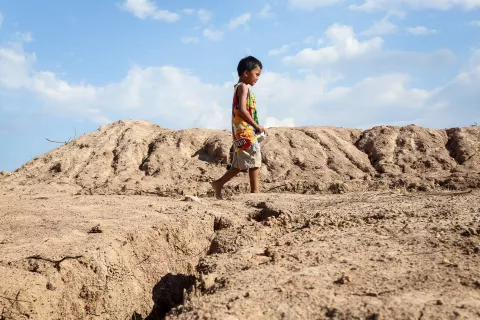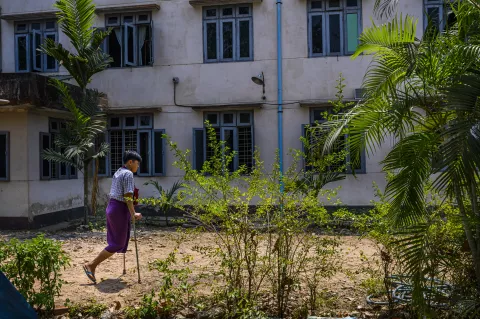Where is the fiscal space for children?
Review of social sector budgets in selected countries in South Asia, East Asia and the Pacific Islands.

Highlights
Countries in Asia and the Pacific have been affected by compounded external shocks such as COVID 19 and the Russian invasion of Ukraine. They are experiencing continuous pressures on the social sector budgets which in turn affect maintaining the achievements for children’s outcomes gained over the past decades. This report presents trends, challenges and opportunities related to public sector allocations for the sectors of health, education and social assistance for 21 countries across Asia and the Pacific (12 in East Asia, 4 in South Asia, and 5 in the Pacific). By using international and regional minimum allocations benchmarks, the report identifies gaps in social sector allocations for the period 2017 – 2021, marking out the fact that gaps in social sector allocations have existed before the start and during COVID-19, with focus on the fiscal responses during COVID in terms of size and sustainability. Transparency, credibility, decentralization, and equity of the sector budgets further complement the trends’ analysis, with conclusions and possible considerations for efficiency and effective gains in fiscal space, better prioritization and strategic policy directions.
Note: The report is prepared and funded under the EU-UNICEF Public Finance Facility in South and Southeast Asia.






